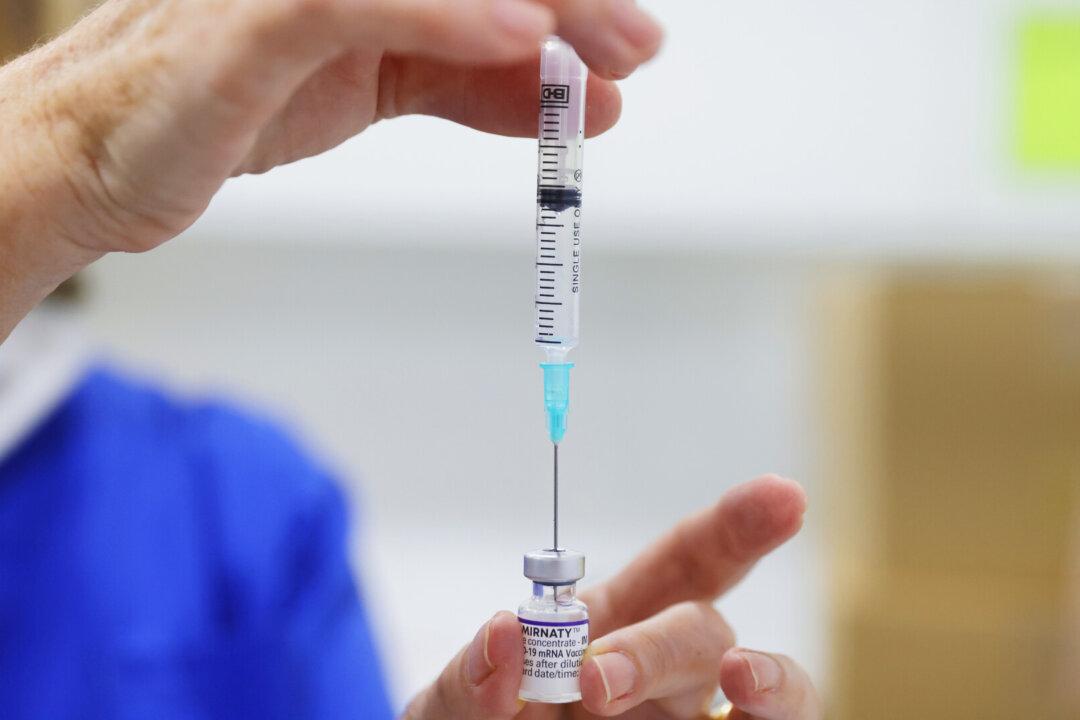Authorities in Australia’s largest state are saying they’re going to stop reporting the vaccination status of patients hospitalized with COVID-19 after their latest report showed zero unvaccinated patients.
“Vaccination status of cases admitted to hospital, admitted to ICU, and those who die will no longer be reported,” the New South Wales government said in a recent overview of surveillance data from the two weeks through Dec. 31, 2022.





